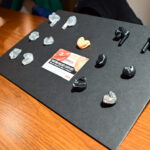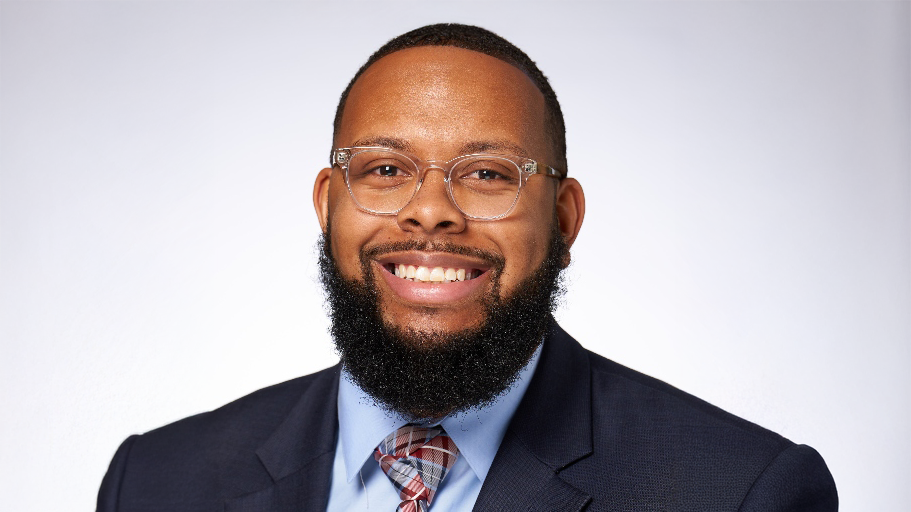Technology Looking for a Problem and Solution
Three Jenkins MBA students recently teamed up with two NC State engineering students to find an innovative application for 3D printing technology that solves a common problem for headphone users.

By Rob Lasson
Photo Credit: Rebecca Ross
When solving problems, the standard process is to identify the problem, pinpoint a technology or means of solving it, and then find a solution. The process was a little different in the case of Team PIL-3DC-2 (we will call them Team Earbud for short). “We had the unique opportunity of being given a technology and then finding a problem and solution,” said Sarah Henderson, an MBA student at the Poole College of Management. As part of their Product Innovation Lab course, the team of two engineering and three business administration majors started with Rapid Shape’s 3D printers. Now all they needed was a problem and a solution.
After exploring many avenues and potential use cases, Team Earbud — comprised of MBA students Ford Springer, Sarah Henderson, and Sarah Lane Poole, as well as engineering students Sagar Rijhwani and Spencer Lee — discovered a market for premium, fully-customized earbuds within the $4.9 billion headphone industry. The new product would provide enhanced comfort and a better acoustic seal for improved listening over the “one-size-fits-all” model. “We believe it will be beneficial in that it provides a solution to something most deal with but don’t think about as solvable,” explained Lee. “Earbuds that constantly fall out or become uncomfortable quickly, no matter how much you pay for them.”
This need became apparent when the team began to consider specific segments of the headphone market like commercial airline pilots, construction workers and armed forces members who wear headphones or hearing protection daily for hours. “We thought customized earbud tips for their high-tech wireless earphones would be a perfect addition for all the existing users,” said Rijhwani.
How it Works
Team Earbud was responsible for building a prototype and taking the product to “ready for market” status, which included the prototype and a full report summarizing the aspects of the project. To build the working prototype, the team:
- Collects an impression of a customer’s inner portion of their ear.
- Scans the impression using a high-resolution scanning tool to refine the model before processing.
- Loads the model into the Rapid Shape 3D printer and prints it (approximately 35 mins) using Dreve, a bio-safe resin used to produce hearing aids.
- Washes and cures the part using Rapid Shape’s wash and cure station.
- Checks for quality assurance, test-fits the part and ship it to the customer.
At the end of the semester, a panel of local industry professionals judged all the projects at the student showcase event. RIoT and NC State co-hosted this semester’s affair at the Raleigh Founded warehouse. “This was more than a class project,” said Springer. “It was a real-world learning experience.”
Product Innovation Lab
Forbes recognizes the Poole College of Management’s Product Innovation Lab as a Top 10 Most Innovative Business Course in the country. This team-taught, project-based, multidisciplinary course is spurred by deep connections with NC State’s Colleges of Engineering and Design.
Students learn how to study customer needs and develop products for the marketplace with a strong interdisciplinary perspective. This approach creates cost-effective products, appealing in design and functionality and value to consumers.
This article was originally published in College of Engineering
- Categories:









